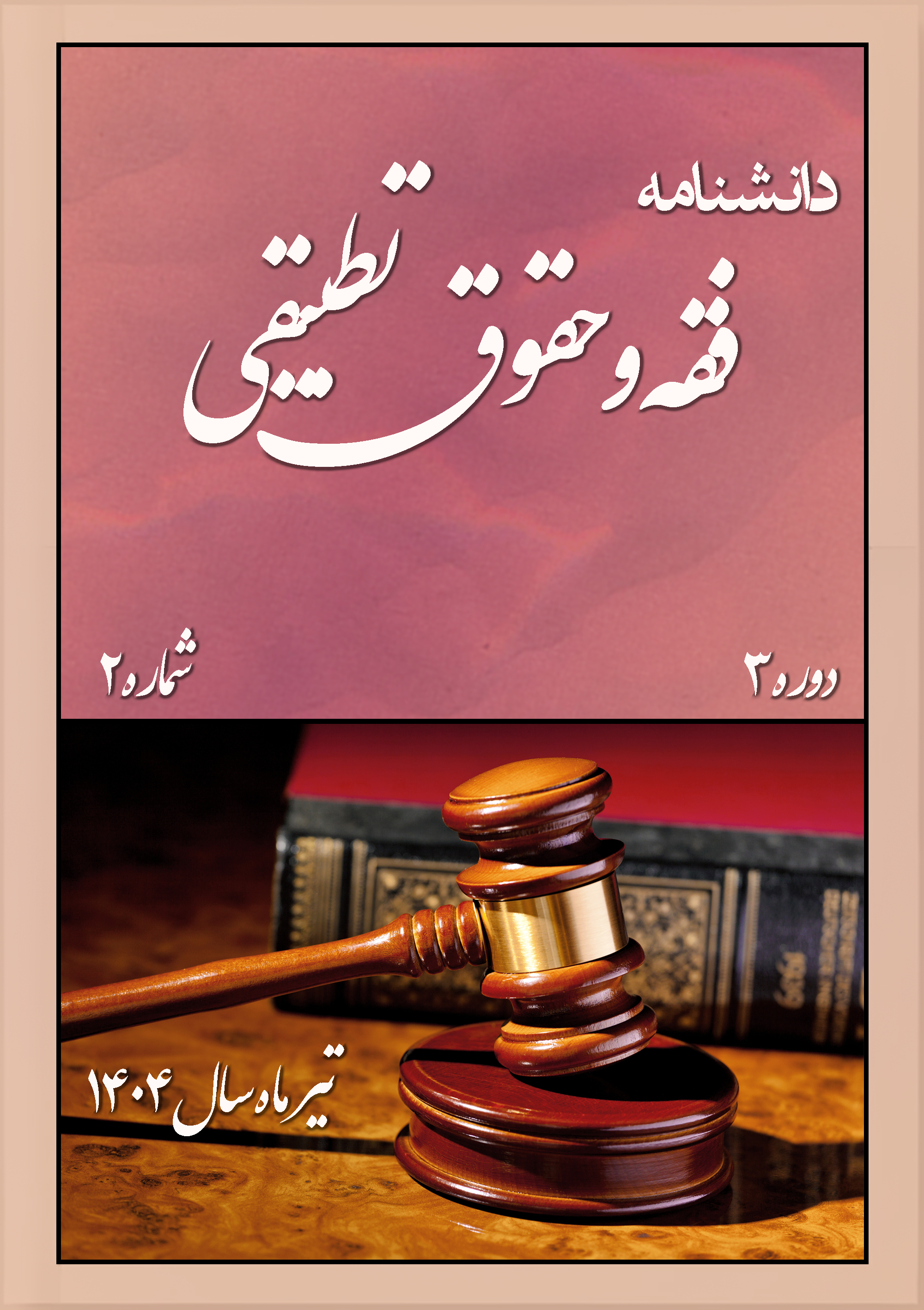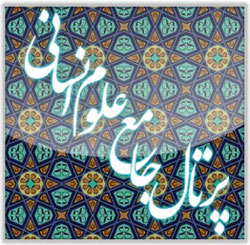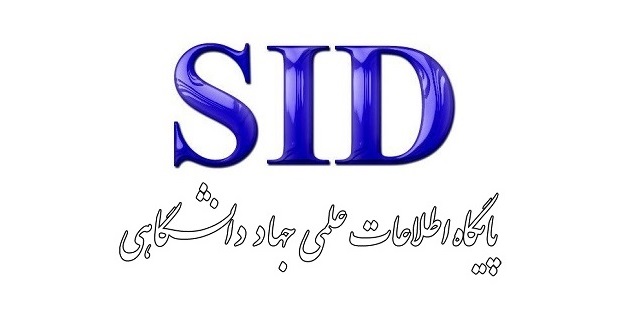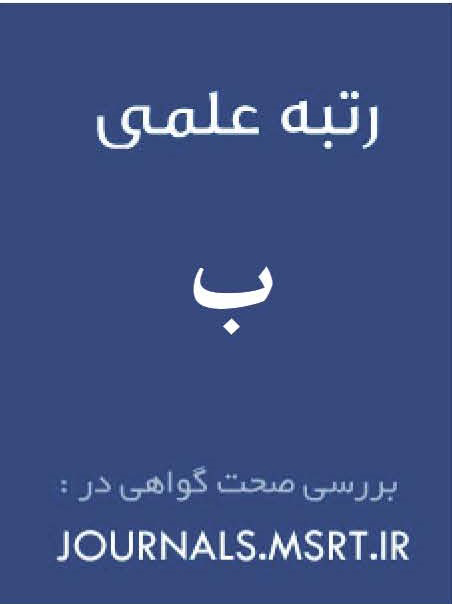Victimological Analysis of War Crime Victims in Light of Islamic Jurisprudential Teachings
Keywords:
War crimes, civilian victims, international criminal law, Islamic criminal lawAbstract
From the beginning of human history to the present, the world has witnessed countless conflicts, confrontations, and wars of varying scales. One of the key elements in this context is attention to victims and their needs and rights. Since the early days of criminal law in ancient societies to the modern era, the victim has played a central role in criminal proceedings and has been regarded as one of the main actors in this domain. The emergence of victimology movements in recent decades and their impact on crime reduction have redirected criminologists’ focus toward new perspectives, including civilian victims and support for those affected by war crimes. Today, war crimes, in diverse forms and with numerous victims, continue to threaten the survival of humanity. This reality necessitates a descriptive-analytical study to examine mechanisms for protecting victims. What is particularly significant in this regard is the implementation of practical policies aimed at safeguarding the rights of victims. The primary objective of the present study is to conduct a victimological analysis of those affected by war crimes in light of religious teachings. The findings of this research indicate that contemporary humanitarian law has developed specific rules for the conduct of war and the legal framework governing it. However, many of the principles emphasized in modern international legal systems had already been established in Islamic teachings, even before the formal emergence of human rights norms related to armed conflict.
Downloads
References
Abdollahi, M., & Nasiri-Mahalati, Z. (2007). A report on the latest developments in the violation of Iran's immunity in US courts. Yearbook of Comparative and International Law, 3(1).
Abduh, M. (1989). Commentary on Nahj al-Balagha. Al-Istiqaamah Press.
Abdul Baqi, N. A. (1991). Public International Law. Dar Al-Adhwa.
Ahmadnia, H., & Ahmadnia, Z. (2021). The Evolution of Criminalization of War Crimes in the Statutes of Five International Criminal Courts. Comparative Criminal Jurisprudence, 1IS - 1, 17-28.
Akhgari Bonab, N., Lotfi, A., & Faghihi, M. (2009). Investigative Study of Humanitarian Law in Islamic Sources and International Documents: Protected Persons in Armed Conflicts. Hasti Nama.
Atabaki, P. (1997). The Legacy of Wisdom: Translation of Tuhaf al-Uqul. Farzan Rooz.
Bayliss, J., Wirtz, J., Cohen, E., & Gray, C. (2018). Strategy in the Contemporary World: An Introduction to Strategic Studies. Abrar.
Beigi, J., & Nejati, J. (2021). Strategies of International Policy-Making Systems Regarding the Crime of Persecution and Its Criminalization in Iranian Law. Majles and Strategy(108), 357-387.
Eslami, E. (2016). The Status of Victim Protection in Cybercrime in Domestic and International Criminal Laws. Islamic Law, 17(1), 157-182.
Hakim, S. M., Khosroshahi, G., Namamian, P., & Shokaribigi, A. (1999). The Ethics of War or War Piety in Islam Crime Prevention in Light of Religious Teachings. Articles and Reviews, 6(65), 39-62.
Hashemi, V., Javadi, M. H., & Jafarzadeh, S. (2023). Rights of Civilian Victims in War from the Perspective of Islamic Ethics and International Documents. Ethics in Science and Technology, 18(3), 1-9.
Hatami, M., & Asadi, O. (2019). The Origins of Victim Rights in Islam and Iran Compared to the Statute of the International Criminal Court. Studies in Jurisprudence and Principles, 2(1), 167-190.
Ibn Kathir Al-Dimashqi, I. b. U. (1998). Al-Bidaya wa Al-Nihaya. Maktabat Al-Ma'arif.
Jalali, M., & Maghami, A. (2018). Interaction between Iranian law and international criminal law in criminalizing the use of chemical weapons. Name Mofid, 70.
Javani, J. (2011). Examining War Crimes in the Statute of the International Criminal Court Tehran.
Khezri, S. M. (2014). Government immunity from the perspective of international law. Research of Legal Ideas, 3(2).
Kity Chaisari, K. S. (2004). International Criminal Law. SAMT Publications.
Kulayni, M. b. Y. q. (2014). Usul al-Kafi. Dar Al-Thaqalayn.
Lal Alizadeh, M. (2015). Comparative Study of Victim Participation in Specialized International Criminal Courts and the International Criminal Court. Comparative Law Studies, 6(2), 773-792.
Mahmoudnia, M., & Hosseini, S. E. (2021). The Principle of Distinction in Humanitarian Law for the Protection of Civilians. Public Law Thoughts, 13(23), 7-26.
Majlesi, M. B. (1983). Bihar al-Anwar. Dar Ihya Al-Turath Al-Arabi.
Mansourabadi, A., & Foroughi, F. (2016). Criminal Procedure 1. Mizan Publications.
Mohaghegh Damad, S. M. (1996). Drafting International Humanitarian Law and Its Islamic Concept. Legal Research(18), 147-210.
Mughniyah, M. J. Fiqh of Imam Sadiq. Ansarian Publications.
Najafi, M. H. (1984). Jawahir al-Kalam. Dar Ihya Al-Turath Al-Arabi.
Negahdari, O. (2007). Civilian Warfare and Humanitarian Law in Islam. Ma'rifat, 16(16SP - 33), 46.
Pourbafrani, H. (2018). International Criminal Law. Jangal Publications.
Salimi, A. (2017). Victimological Approach in the Quranic Theory of Deviance. Cultural and Social Knowledge, 8(4), 23-44.
Sharifi Tarazkouhi, H. (1996). The Law of War. Research Institute of Defensive and Strategic Sciences, Imam Hossein University.
Shiri, A. (2016). The paradigms of criminal justice, punitive justice and restorative justice. Journal of the Faculty of Law and Political Science. University of Tehran, 74.
Shoupai Jouibari, R., & Emami, M. (2016). Encyclopedia of Islam and International Humanitarian Law. Mizan Publications.
Tabatabai, S. M. H. (2008). Al-Mizan fi Tafsir al-Quran. Raja Cultural Publishing Center.
Tusi, M. b. H. (2007). Tahdhib al-Ahkam. Noor Wahy.
Wallin, L. (2006). Victims and Witnesses in International Crimes: From the Right to Protection to the Right to Expression. International Law Journal, 23(34), 33-56.
Yekta, H. (2010). The use of chemical weapons in the Iran-Iraq war, last part. Journal of Negine Iran, 2(5).
Ziaei Bigdeli, M. (2001). The Law of War (International Law of Armed Conflicts). Allameh Tabataba'i University Press.
Downloads
Published
Submitted
Revised
Accepted
Issue
Section
License
Copyright (c) 2025 حسن شوندی, حیدرعلی جهان بخشی, سیدحسن عابدیان کلخوران (نویسنده)

This work is licensed under a Creative Commons Attribution-NonCommercial 4.0 International License.










